15 Unintentionally Hilarious Ads From The Past That Are Quite Something
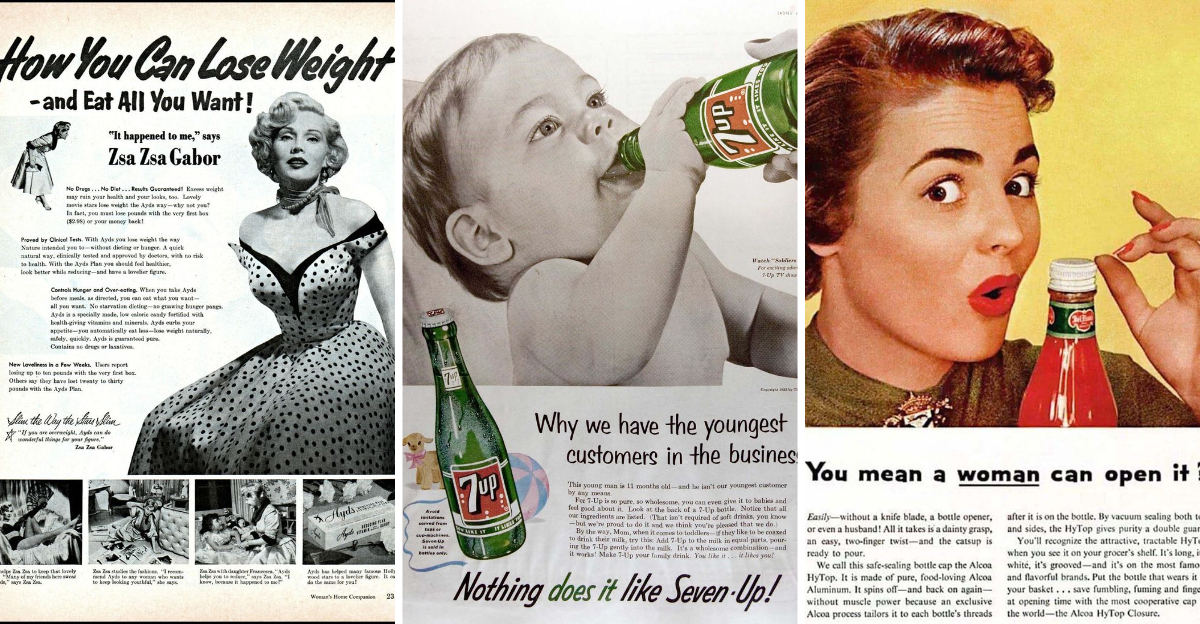
In the ever-changing world of advertising, where creativity strives to push boundaries, there have been some truly outrageous missteps that, in hindsight, are downright hilarious.
These vintage ads are like time capsules of an era when marketing was a wild, untamed beast—sometimes brilliant, sometimes baffling, but always entertaining. From bizarre health claims to questionable gender roles and slogans that would make today’s copywriters cringe, these 18 ads are proof that hindsight really is 20/20.
Get ready to laugh, gasp, and marvel at the sheer absurdity of these forgotten gems from the golden age of advertising!
1. More Doctors Smoke Camels (1946)
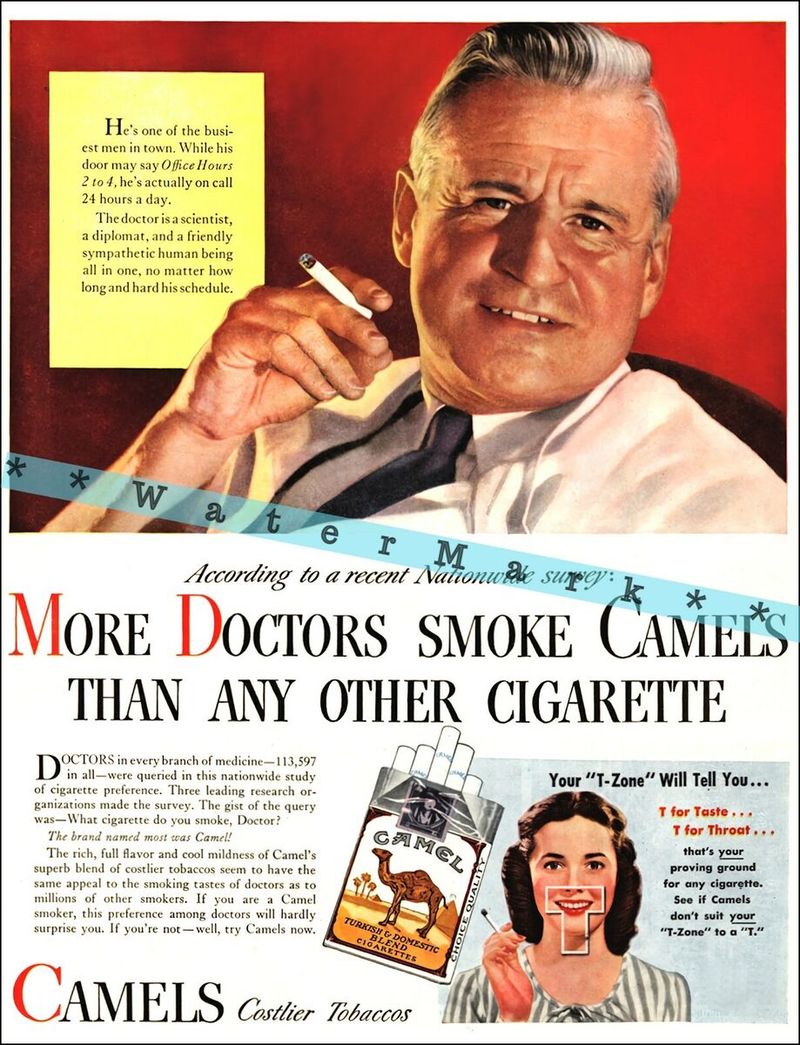
When a doctor gives a thumbs-up to cigarettes, you know the times were different.
This 1946 ad boasted that more doctors preferred Camels over other brands. Picture a doctor, stethoscope in one hand, a cigarette in the other. It seems like public health wasn’t exactly at the top of the priority list back then. The tagline boasted no cases of throat irritation, which now sounds comical.
Imagine trusting your health to a chain-smoking physician. The medical endorsement was the ultimate seal of approval, regardless of the product’s impact on actual lung health.
2. 7-Up for Your Baby (1950s)
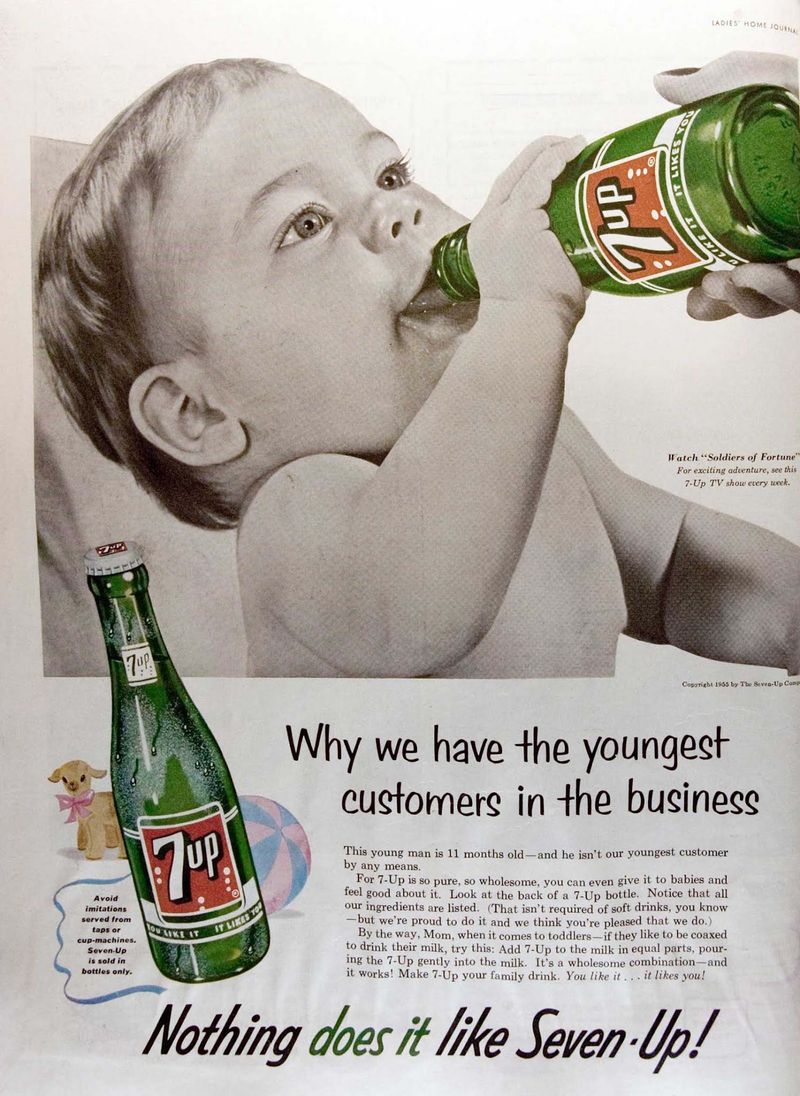
Back in the 1950s, 7-Up ran an ad suggesting parents add soda to their baby’s milk bottle.
Yes, really. This bubbly concoction was marketed as a way to keep babies happy and energetic. Just imagine the sugar highs! The ad featured a cherubic baby with a milk bottle, happily sipping away. Those early marketers seemed to believe nothing could go wrong with a splash of soda.
Parenting advice certainly has come a long way since then. Today, many parents would be horrified at the thought. It was a fizzy parenting fail that history won’t soon forget.
3. Blow in Her Face and She’ll Follow You Anywhere (1950s)
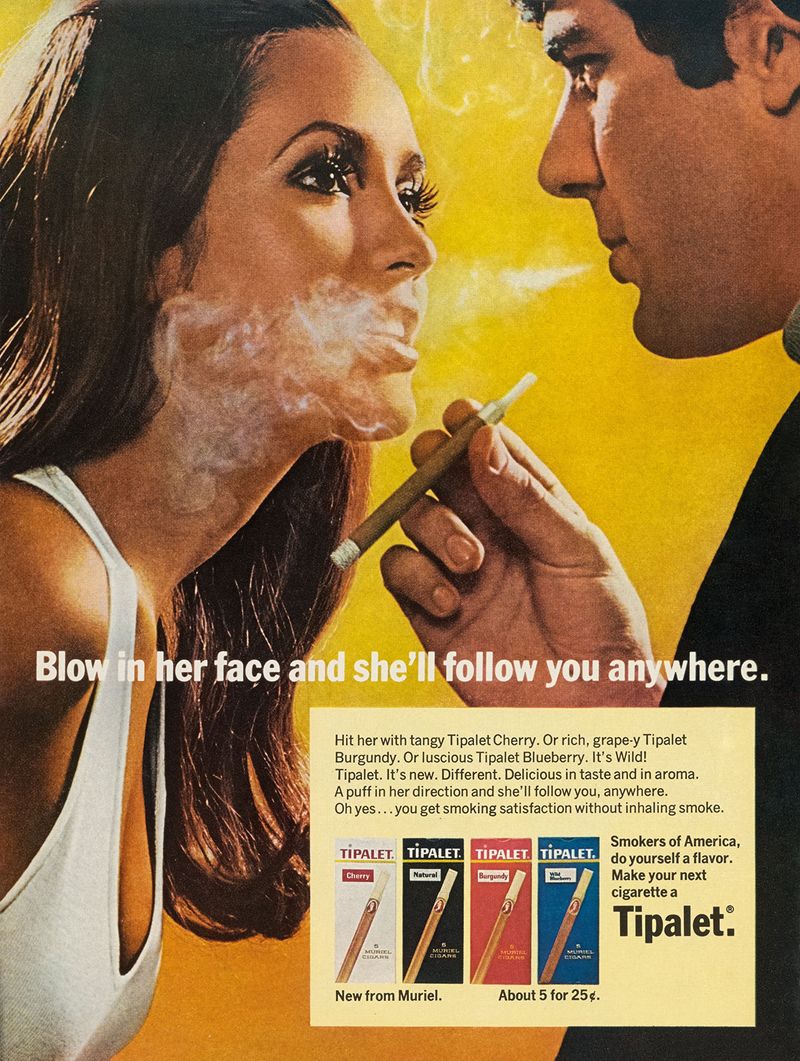
In the 1950s, romance had a smoky twist. This ad suggested that blowing cigarette smoke in a woman’s face was the key to winning her heart.
It’s the kind of advice that today would be laughed out of any dating guide. The image featured a suave gentleman exhaling smoke directly towards a lady, who appeared to be entranced. The concept was that a whiff of tobacco was irresistible.
This idea now seems not only outdated but also hilariously cringe-worthy. Yet, back then, it seemed like a surefire way to capture romantic interest.
4. Wheaties: The Breakfast of Two-Fisted Men (1930s)
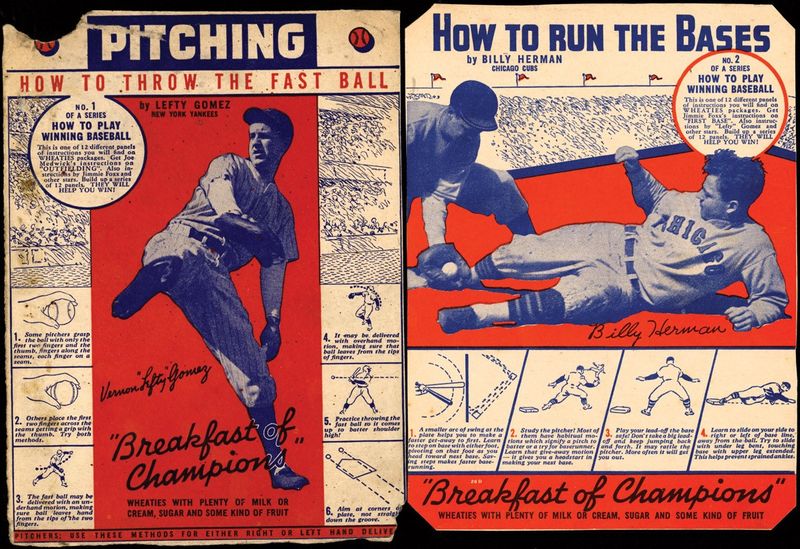
In the 1930s, Wheaties branded itself as the breakfast for real men. This ad declared that no “sissy food” would do, only hearty flakes.
It targeted men who prided themselves on toughness—because who needs dainty breakfasts? The rugged imagery showed a man pouring himself a bowlful, ready to tackle the day. The tagline was a direct appeal to masculinity, asserting that these wheat flakes were the choice of champions.
Today, the notion that cereal could define manliness seems amusing. It’s a testament to how far advertising language has evolved.
5. Doctors Recommend Giving Cocaine to Children (1900s)
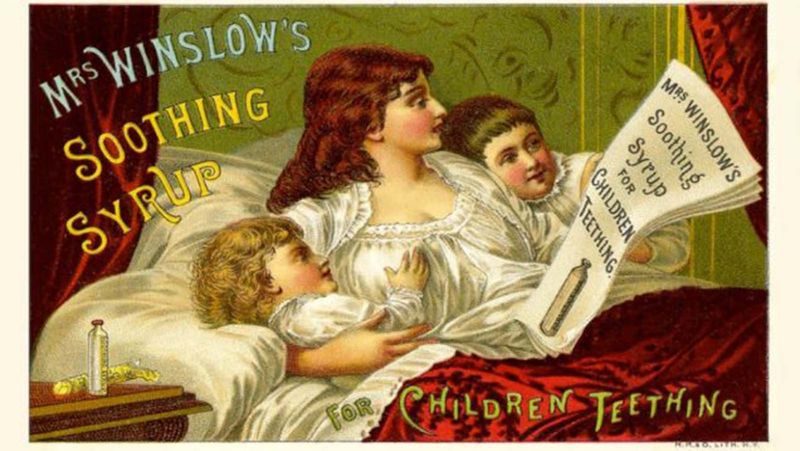
Yes, there was a time when doctors thought giving cocaine to children was a good idea.
This early 1900s ad promoted cocaine tooth drops for teething pain relief. Picture a cherubic child holding a small bottle, with parents nodding approvingly. The ad suggested these drops were just what a fussy teething child needed. Today, such a notion is both shocking and laughable.
It’s a stark reminder of how medical advice has radically changed. The idea of soothing a child with cocaine seems not only unsafe but comically absurd in hindsight.
6. Coors Light: The Official Beer of Pregnancy (1980s)
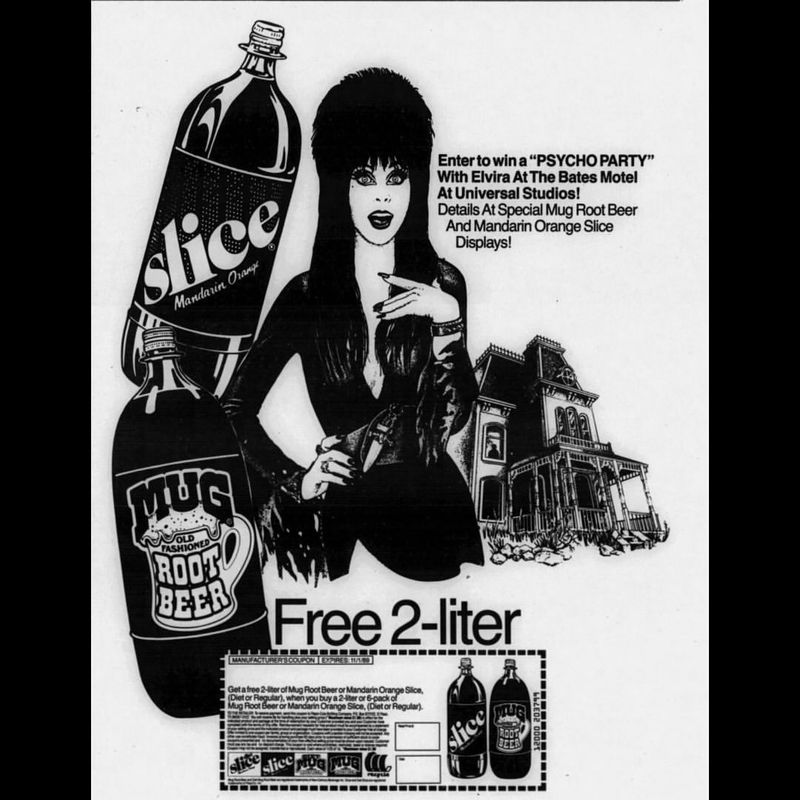
In the 1980s, Coors Light suggested that even expecting mothers could enjoy their beer.
This ad claimed beer was nutritious, which today would spark outrage. It showed a pregnant woman casually sipping Coors Light, implying that a cold brew was part of a balanced diet. The concept of promoting alcohol to pregnant women is now unthinkable and amusingly reckless.
This vintage ad captures a time when public health messaging was less rigorous. The idea of beer being healthful during pregnancy is now a punchline rather than a selling point.
7. More Meat, Less Fat—The Miracle of Lard! (1920s)
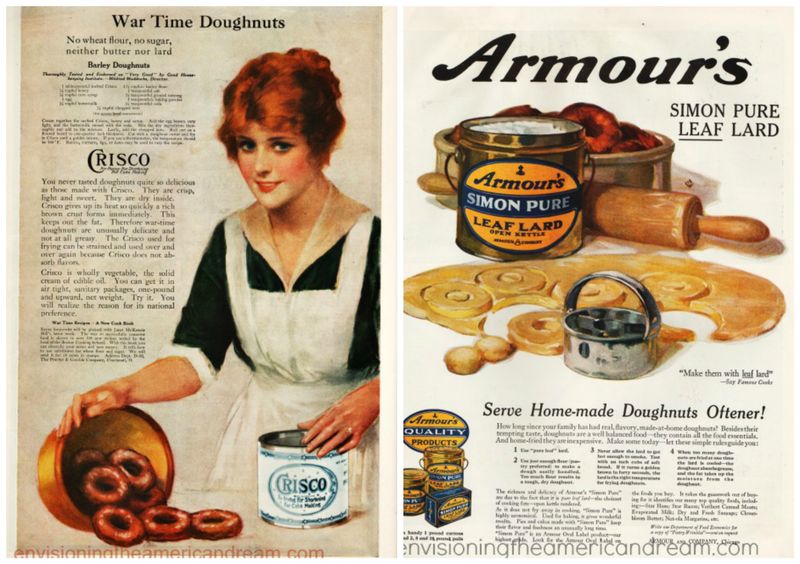
Imagine swapping avocado toast for lard! In the 1920s, lard was marketed as a health product.
This ad promised more meat with less fat, proclaiming its benefits over butter. A smiling housewife held a tub of the stuff, ready to cook up a storm. The idea was simple: lard was a culinary savior. Today, it’s hard to imagine such a product being touted as healthy.
The notion is laughably absurd now, but back then, it was a kitchen staple. This historical tidbit serves as a humorous reminder of changing dietary advice.
8. Pepsi: The Choice of a New Generation… of Diabetics (1950s)
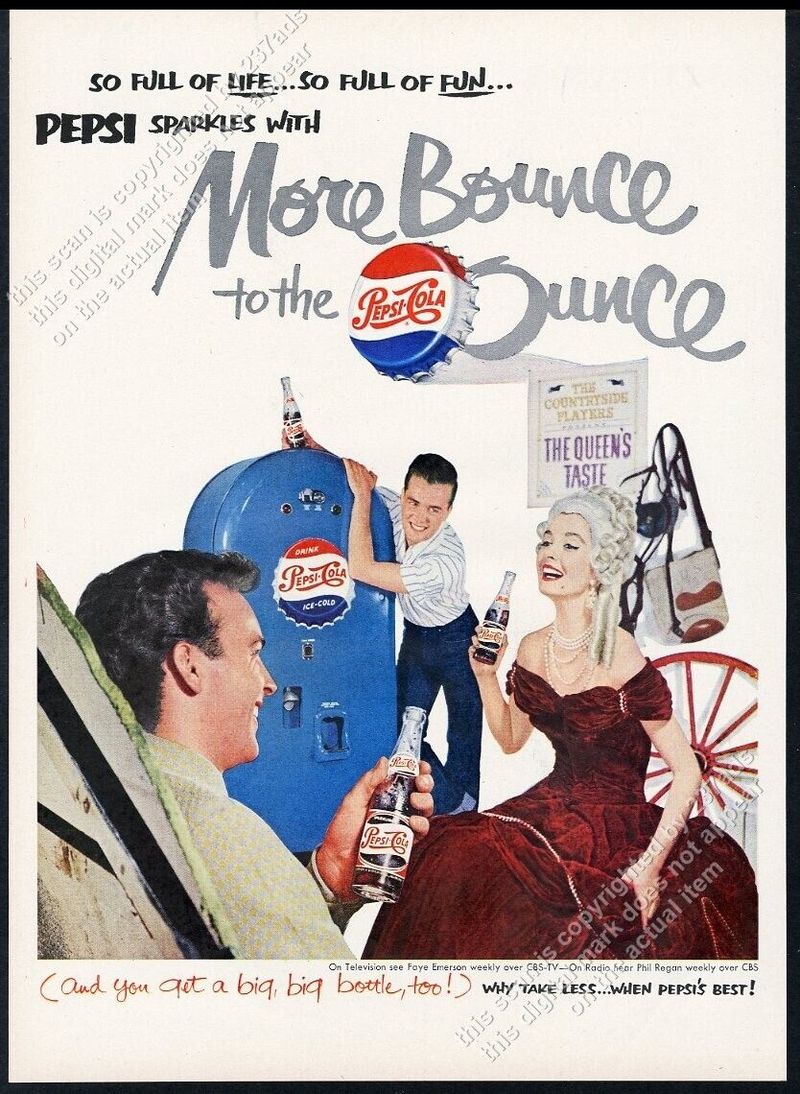
In the 1950s, Pepsi prided itself on its sugar content.
The ad claimed more sugar meant more energy. A young man, full of vigor, held a bottle, ready to take on the world. The message was clear: Pepsi was the fuel of dynamism and productivity. Today, we would laugh at such a pitch, given what we know about sugar’s health impacts.
This ad is a sweet reminder of how marketing language changes over time. The assertion that soda could boost energy and productivity seems absurdly amusing now.
9. Diet Pills with Amphetamines (1960s)
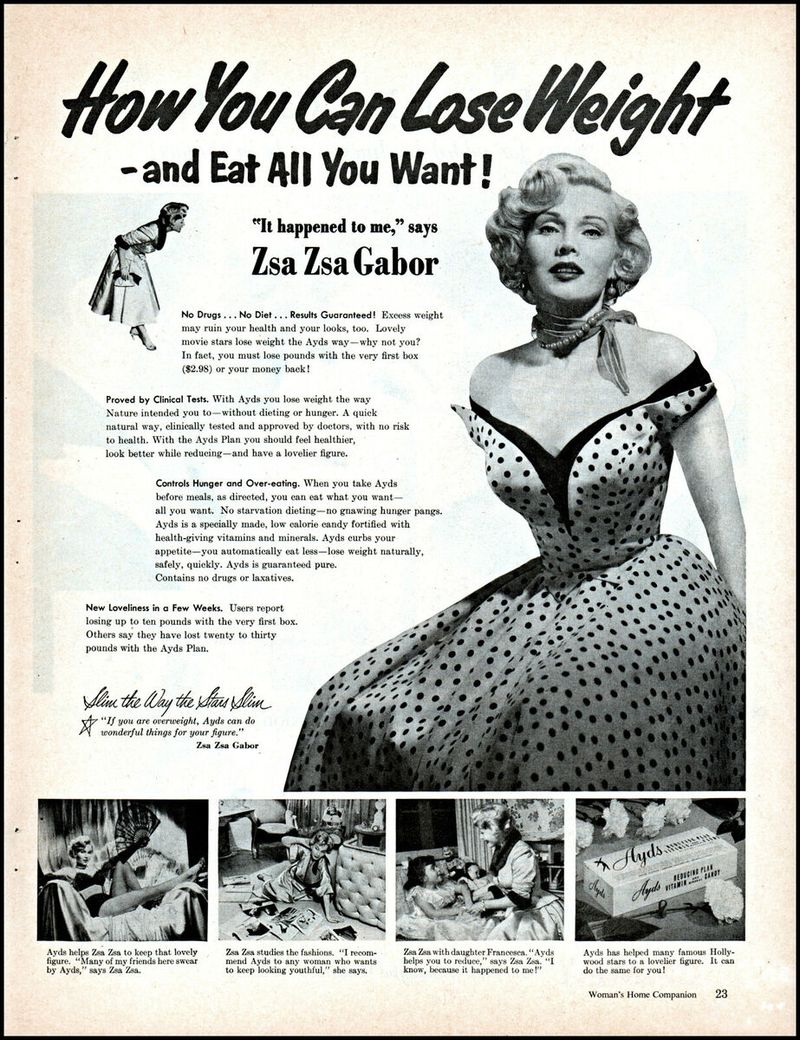
Slim down with speed! In the 1960s, diet pills containing amphetamines were the rage. The ad featured a stylish woman clutching her miracle bottle, promising a slim figure.
Who needs diet and exercise when you can simply pop a pill? While it seemed a magical solution back then, today it sounds like a health hazard. This ad’s promise of easy weight loss is amusingly naive. It captures a time when the risks of such pills weren’t fully acknowledged.
The reliance on amphetamines as a slimming aid now seems humorously ill-conceived.
10. Drink Your Way to Better Health with Radium Water (1920s)
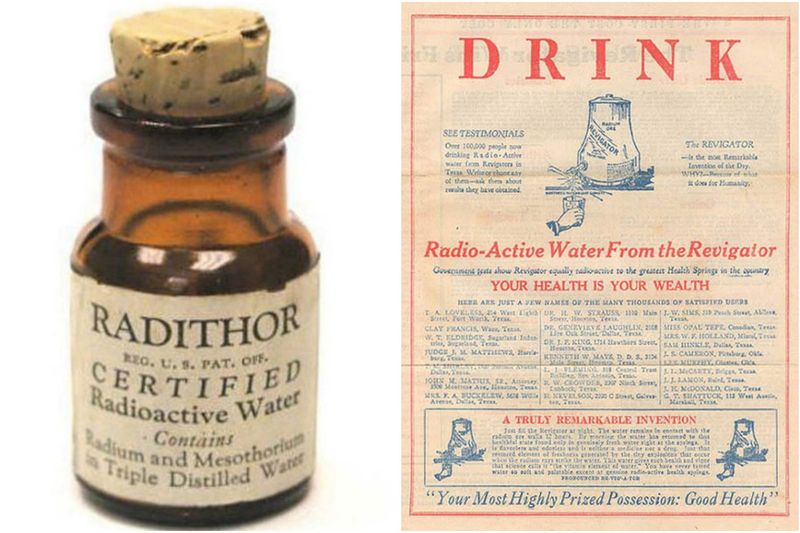
Who needs multivitamins when you had radium water? This 1920s ad claimed drinking radioactive water gave you energy.
A gentleman raised his glass in a toast, unaware of the lurking dangers. In hindsight, the promise of health benefits from radium is shockingly amusing.
People genuinely believed this glowing drink was a tonic for vitality. Today, we understand the hazardous effects of radiation, making the ad’s claims an ironic joke. It’s a striking example of how past misunderstandings can turn into today’s humor, with jaws literally dropping back then.
11. Your Wife Wants This Vacuum for Christmas (1950s)
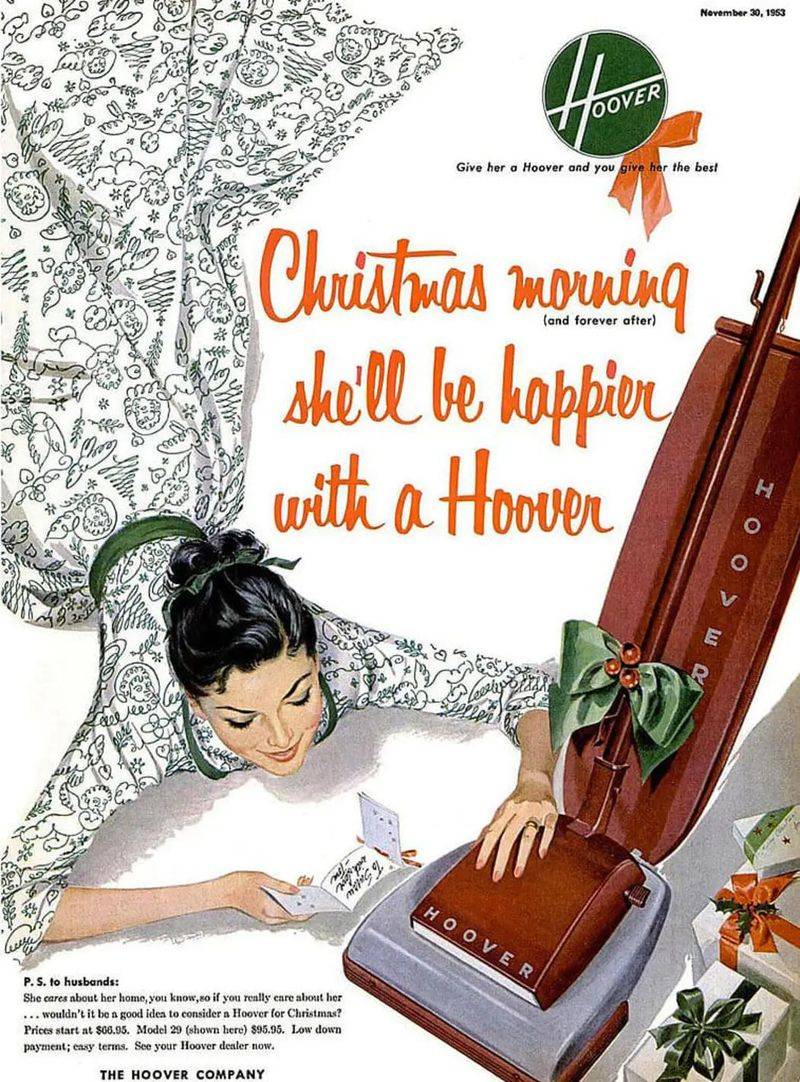
In the 1950s, nothing said “I love you” like a new vacuum cleaner. This ad suggested that household appliances were the ultimate romantic gift.
A beaming woman unwrapped her Christmas surprise, a shiny new vacuum. The message was clear: make her holiday dreams come true with the gift of chores. Today, this comes off as hilariously outdated and mildly offensive.
The notion that a vacuum was the perfect present to show affection seems absurd now. It’s a humorous reminder of how gifts and gender roles have evolved over the years.
12. Kids Love Smoking Too! (1940s)
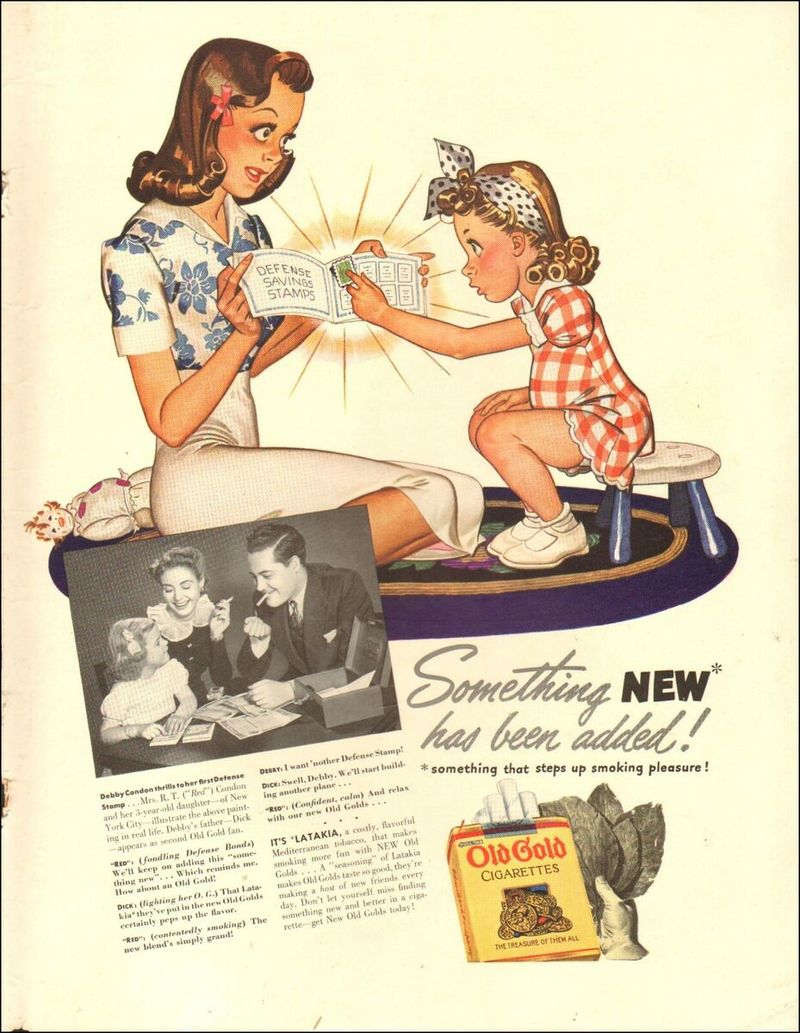
In the 1940s, even kids could join the smoking trend with toy cigarettes. This ad featured a boy mimicking adult behavior, toy cigarette in hand.
It promised fun without the real smoke. Today, encouraging such habits in children seems ludicrously irresponsible. The image of kids practicing for future bad habits is astonishingly quaint now. What was once seen as harmless play is viewed through a more cautious lens today.
The toy cigarettes even blew fake smoke, a detail that now feels comically misguided. It’s a relic of past values that brings a chuckle.
13. Cigarettes Keep You Slim! (1930s)
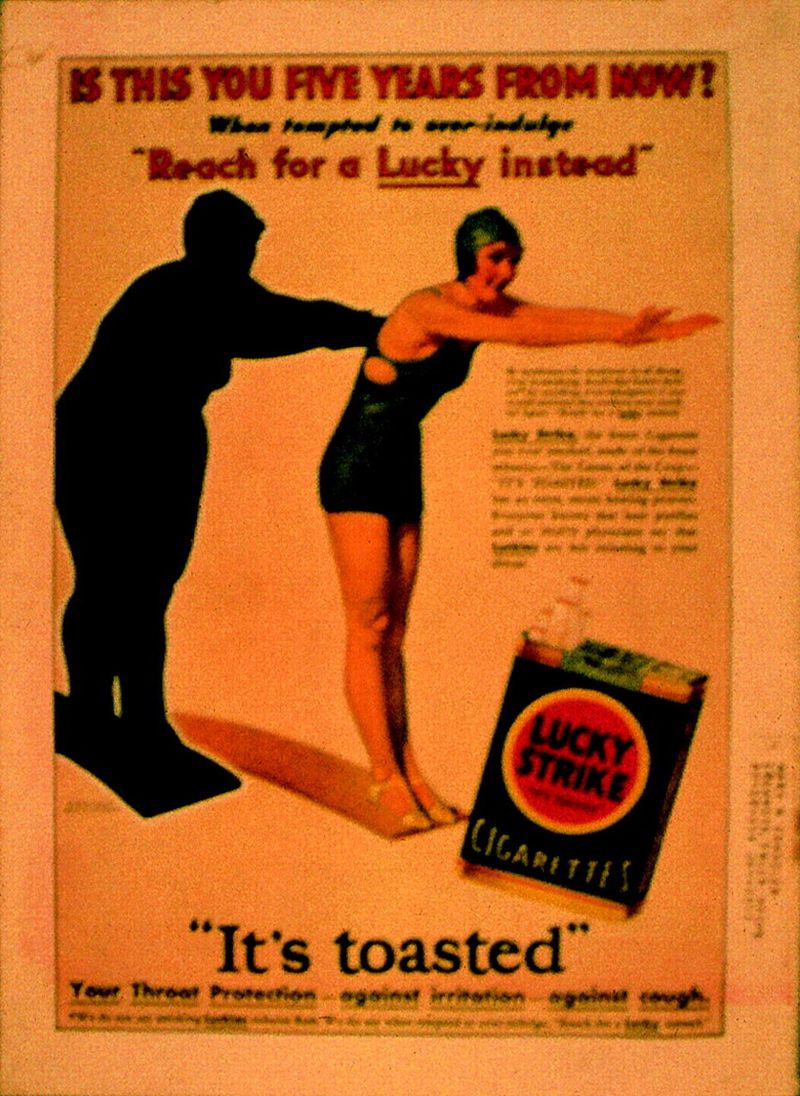
Forget sweets, reach for a Lucky! This 1930s ad promoted cigarettes as a diet aid.
The ad featured a glamorous woman, cigarette poised, promising a slim figure. It was the era’s appetite suppressant. Today, we know better, but back then, smoking as a weight-loss method seemed viable. It’s amusingly naive to think a cigarette could be better than dessert.
The health benefits were overstated, certainly by today’s standards. This ad is a fascinating glimpse into the past, where smoking was seen as a chic, slim solution instead of a health hazard.
14. Tapeworms for Weight Loss! (1900s)
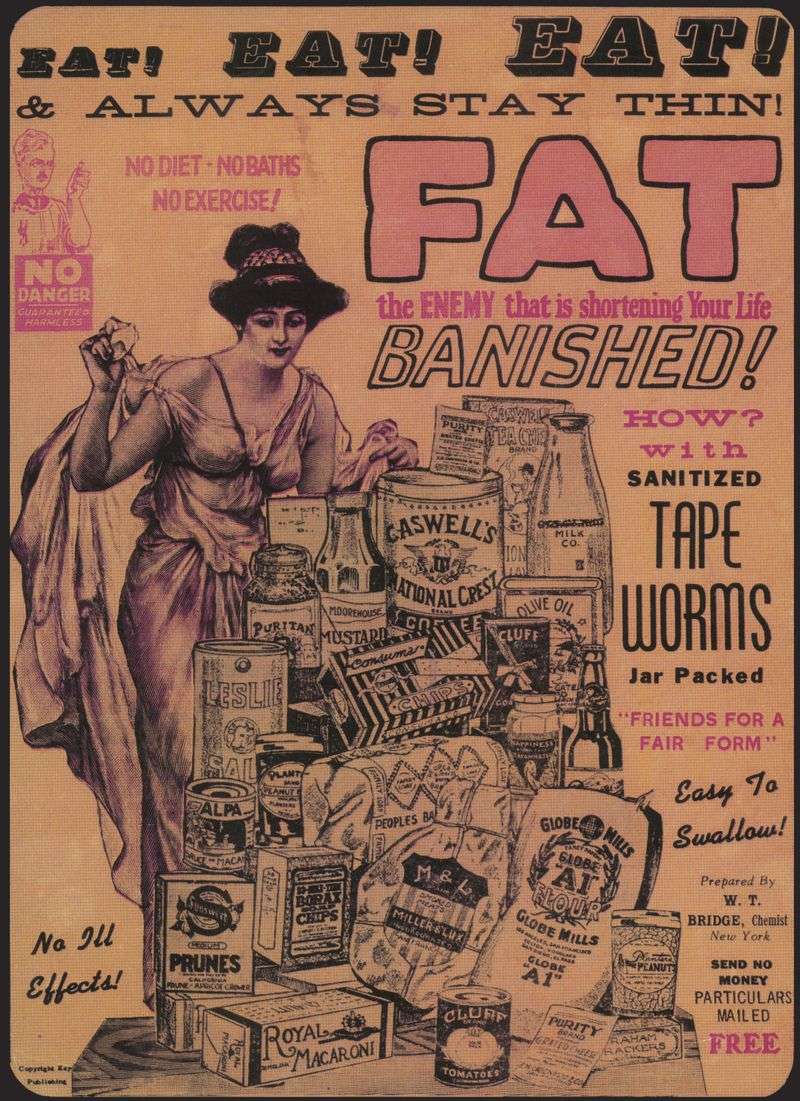
Lose weight without effort—just swallow a tapeworm!
This bizarre 1900s ad suggested ingesting parasites to shed pounds. A delighted woman gazed at her tapeworm box, seemingly ready to try this unconventional method. Today, such advice is laughably absurd and horrifying. The ad implied convenience with no need for exercise or dieting.
It’s a shocking reminder of past health beliefs that lacked scientific basis. The idea of willingly consuming a parasitic worm is both amusing and unsettling now. This ad perfectly captures how different—and dangerous—weight loss fads once were.
15. Women Can’t Open Ketchup Bottles (1950s)
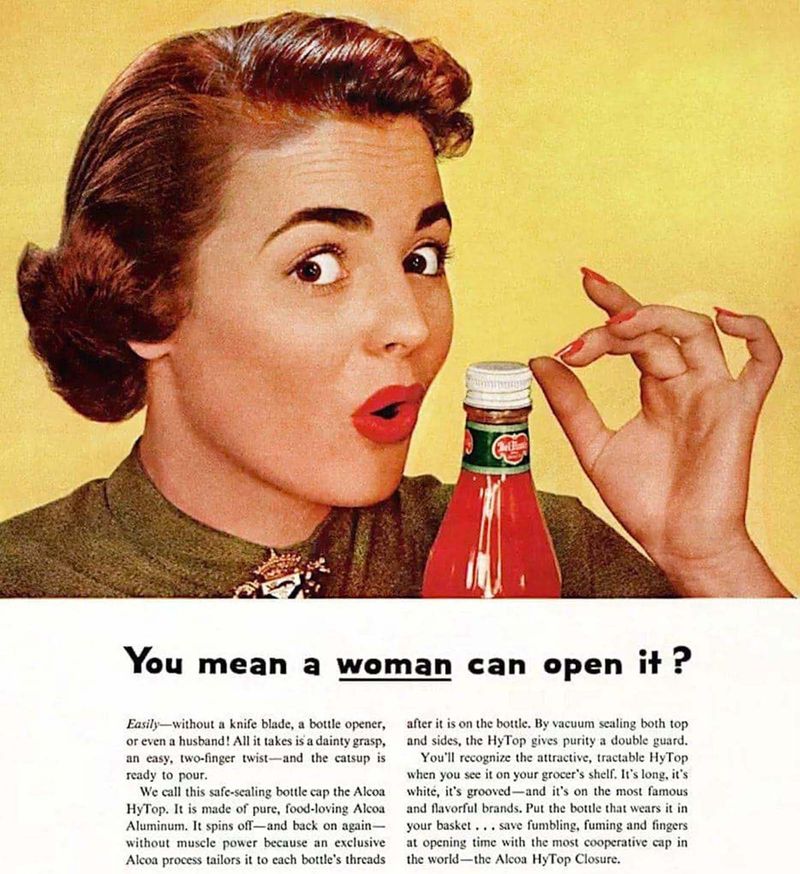
In the 1950s, ketchup bottles were apparently a test of strength! This ad suggested women needed assistance to open them, implying a lack of ability.
A woman struggled with the cap, highlighting an assumed weakness. Today, such stereotypes are thankfully outdated. This ad is a humorous relic of gender roles that have thankfully evolved. The marketing implied that products needed to be “woman-friendly,” which now seems laughable.
It’s an amusing look back at how advertising once mirrored societal views, turning a simple condiment into a symbol of empowerment.
